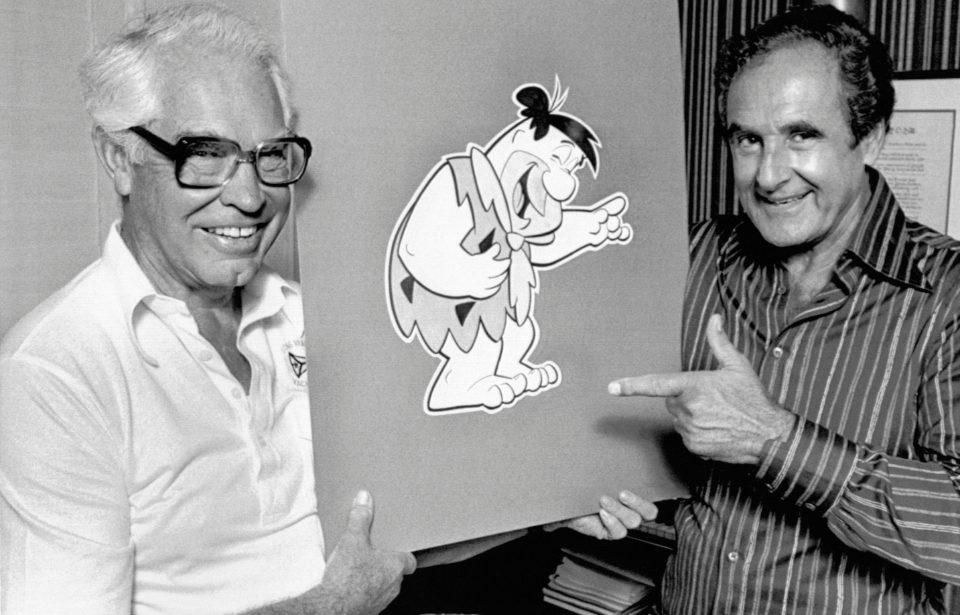It wasn’t until we were adults that we realized our favorite cartoon characters all seemed to wear neck accessories. Fred Flintstone, Yogi Bear, Scooby-Doo, and many more of the most iconic cartoon characters all seem to have one thing in common – they all have something tied around their neck. Here’s the real reason Hanna-Barbera cartoon characters all accessorized with scarves, necklaces, collars, and ties in the 1960s.
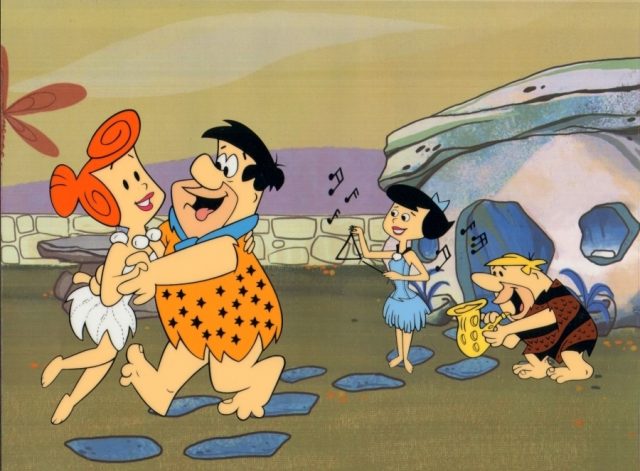
Before the rise of cable, satellite television, and different streaming platforms like Netflix, Saturday mornings for American children typically consisted of watching cartoons on one of the three available television channels. Starting in 1958 through to the 1980s, a vast majority of the most popular cartoons were produced by the animation powerhouse, Hanna-Barbera.
Hanna-Barbera was responsible for a number of famous cartoons that were all on-air at the same time, including The Huckleberry Hound Show (1958-1962), The Flintstones (1960-1966), The Jetsons (1962-1963), Scooby-Doo, Where Are You? (1969-1970), and The Berenstain Bears (1985-1987), just to name a few.
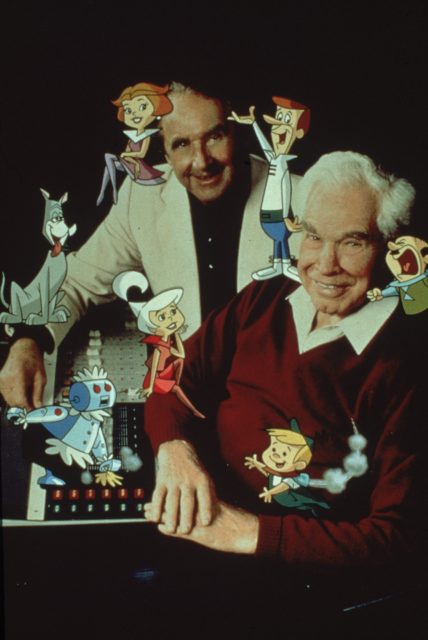
Despite having so many hit cartoons on the air simultaneously, Hanna-Barbera was ridiculed by other animation companies for their technique of “planned animation” (also known as limited animation) – an approach that featured minimal movement for the characters and frequent reuse of backgrounds.
Characters such as Yogi Bear and Fred Flintstone feature a necktie because the character’s body could remain unchanged while the character is speaking. The cartoon artists would only have to redraw the character’s face in each frame.
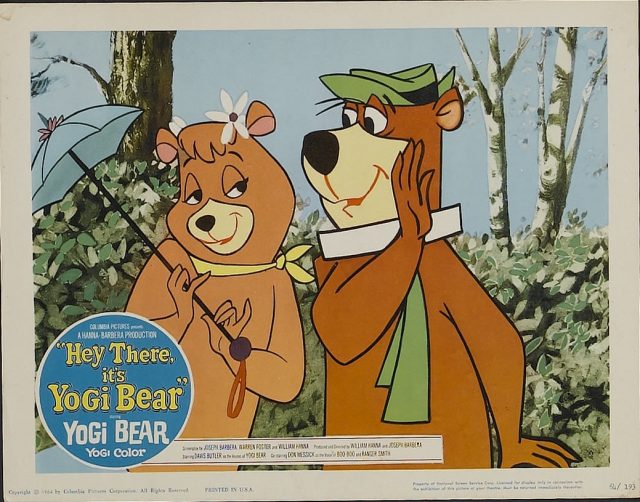
Although other animation studios despised the planned animation technique, it allowed for Hanna-Barbera to not only save money but produce several different cartoons in record time. The company reduced the number of separate drawings required for a seven-minute cartoon from 14,000 to nearly 2,000.
Hanna-Barbera had to resort to these money-saving techniques because, according to Joe Barbera’s autobiography, My Life In ‘Toons, there was “absolutely no money” in animation.
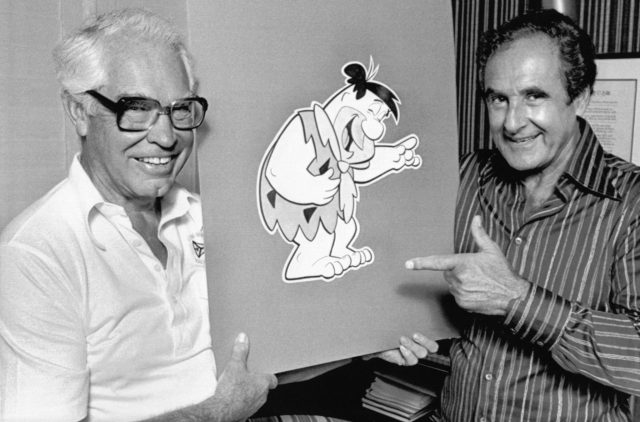
More from us: Yabba Dabba Doo: Take a Look Into The Real-Life Flintstones House
Other animation studios attempted to employ the planned animation technique, but few could equal the wit of Hanna-Barbera’s characters.
William Hanna passed away in 2001, and Joseph Barbera passed away in 2006. After Hanna’s death in 2001, Hanna-Barbera was absorbed into Warner Bros. Animation, which has continued to produce new material based on Hanna-Barbera’s iconic cartoons.
